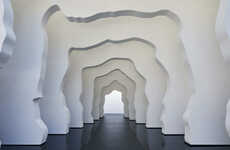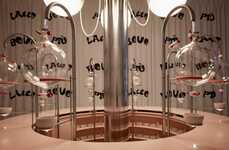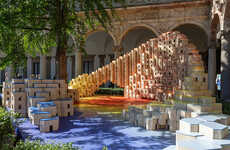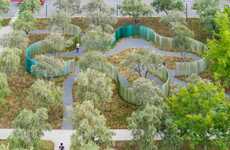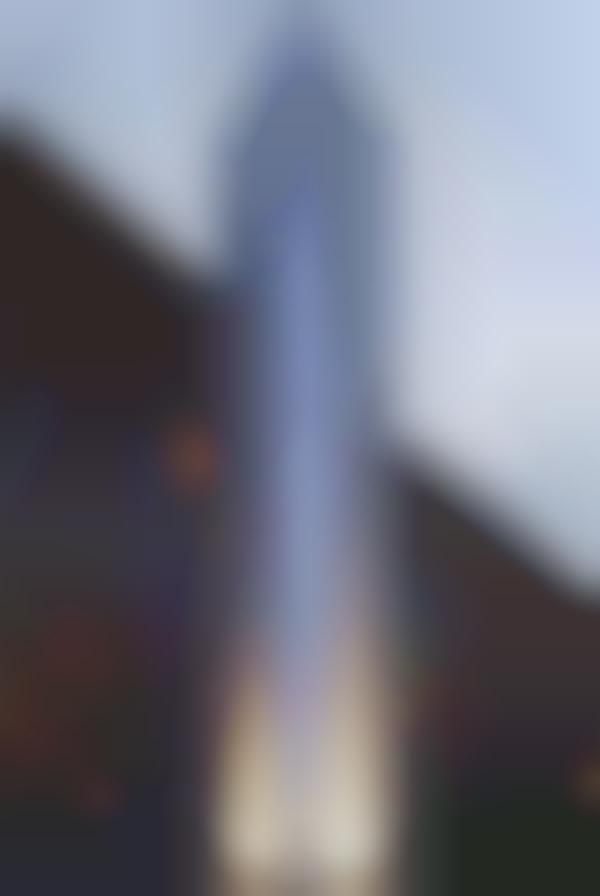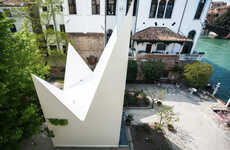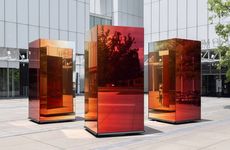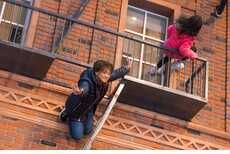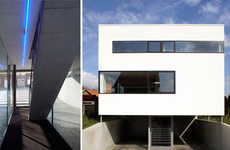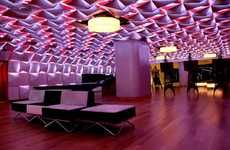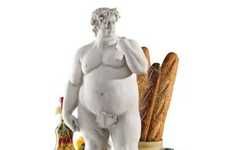
The Quattro Punti per una Torre Represents Both Tradition and Technology
Meghan Young — June 14, 2012 — Art & Design
References: iosaghini.it & contemporist
The Quattro Punti per una Torre sculpture looks like an opening to another dimension. The tall tower stands proudly as its glowing, pixelated slit mesmerizes passersby, tempting them to wonder what lies on the other side. Although this encourages only fanciful thoughts, it adds a touch of whimsy and imagination to their everyday lives.
Created by Italian architect Massimo Iosa Ghini, the Quattro Punti per una Torre sculpture is located at the University of Milan. While the sculpture itself appears to be very futuristic, it is steeped in tradition. The designer writers, "One of the most specific typologies of our culture is the tower of the nobles, which becomes civic: an Italian project, because I wanted to work on a very strong feature, part of our identity."
Created by Italian architect Massimo Iosa Ghini, the Quattro Punti per una Torre sculpture is located at the University of Milan. While the sculpture itself appears to be very futuristic, it is steeped in tradition. The designer writers, "One of the most specific typologies of our culture is the tower of the nobles, which becomes civic: an Italian project, because I wanted to work on a very strong feature, part of our identity."
Trend Themes
1. Pixelated Sculptures - Using pixelated designs in sculptures creates an innovative and mesmerizing art form.
2. Futuristic Architecture - Combining traditional elements with futuristic aesthetics in architecture brings a touch of whimsy and imagination to public spaces.
3. Identity-based Design - Incorporating cultural and historical references into design projects enhances a sense of identity and uniqueness.
Industry Implications
1. Art and Design - Artists and designers can explore the use of pixelated designs in sculptures to create visually stunning and innovative artworks.
2. Architecture and Construction - Architects can incorporate a blend of traditional and futuristic elements in their designs to create unique structures that captivate the imagination.
3. Cultural Preservation - Projects that integrate cultural and historical references into modern design contribute to preserving and showcasing the identity of a place or community.
2
Score
Popularity
Activity
Freshness


